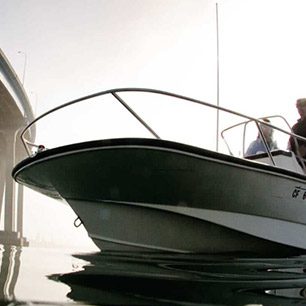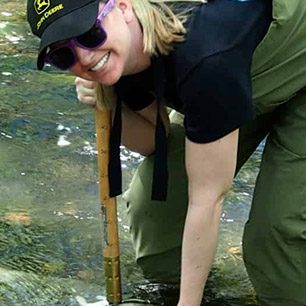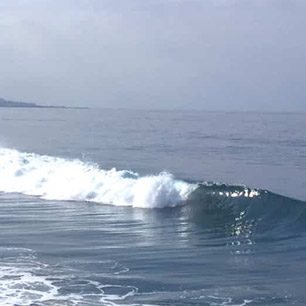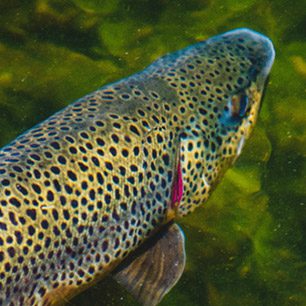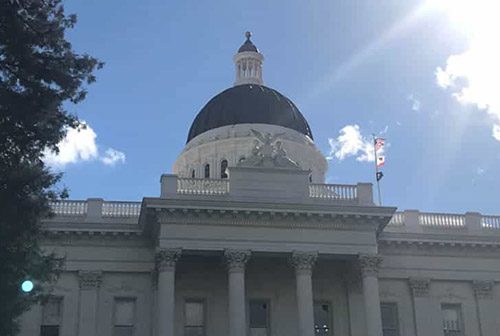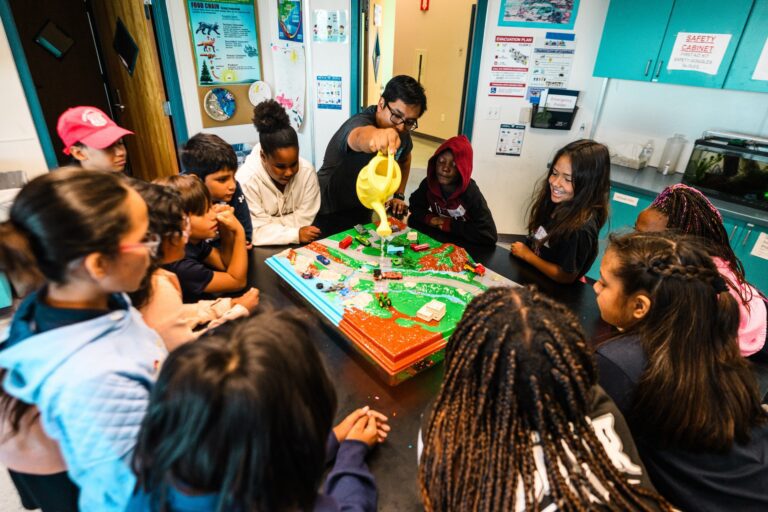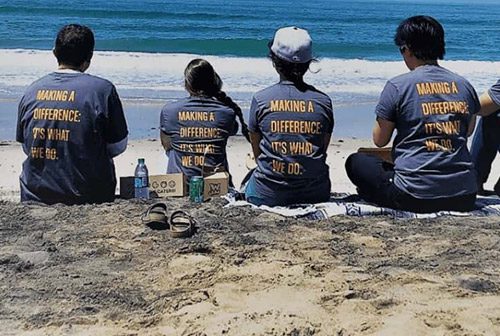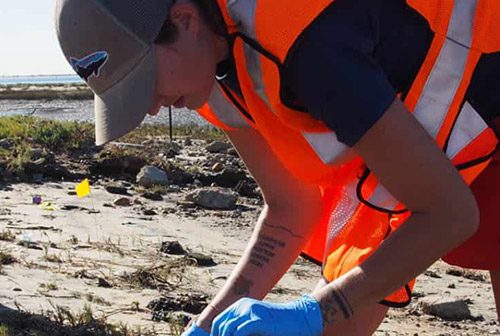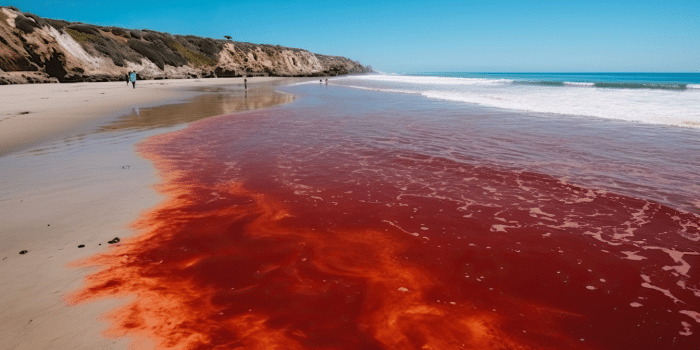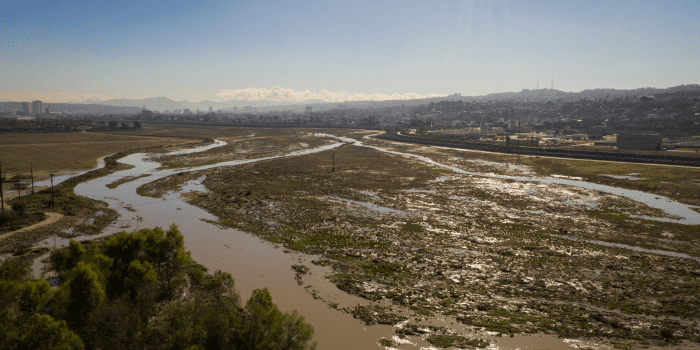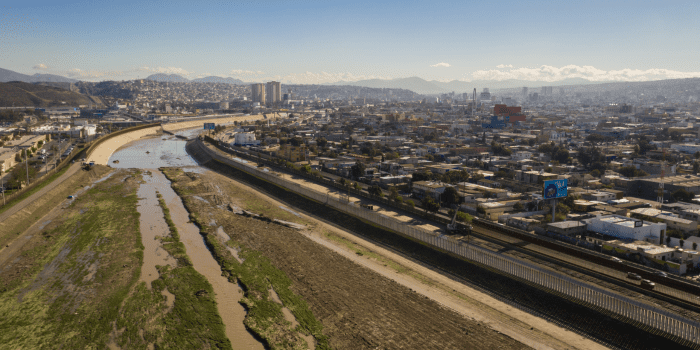Water Quality
San Diego Coastkeeper is at heart a water quality organization. We were founded in 1995 specifically to protect and improve the water quality of a once-thriving coastal ecosystem – San Diego Bay – after years of relentless pollution. Today, our scope and focus has grown to all the coastal watersheds of San Diego County, but one thing hasn’t changed: We believe that humans and the environment share a fundamental right to clean water. Explore our pages on urban runoff and marine debris to learn more about current water quality challenges in our region, and be sure to check out the beach advisories page before hitting the waves.

